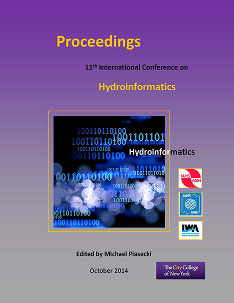Document Type
Presentation
Publication Date
8-1-2014
Abstract
Currently, 1.6 billion people live in countries and regions with absolute water scarcity and the number is expected to rise to 2.8 billion people by 2025(World Bank). Climate change will make water security more difficult and costly to achieve. Smart Water Management of water resources using an integrated approach with IT (Information Technology) will play a critical role in adapting climate change and mitigate social, economic and environmental impacts. Gochang County in Jeonbuk Province (South Korea) is one of the vulnerable areas to climate change, because it is a particularly high dependency to agricultural industry, increasing proportion of elderly people, and coastal areas where vulnerable to increases in the intensity of storm surge and heavy precipitation. The study mainly utilized the vulnerability definition adopted by IPCC that is a function of exposure, sensitivity and adaptive capacity. This study seeks to investigate the current (2000-2010) risks and vulnerability to flood and drought and those in the future (2046~2055) due to climate change. This study employs proxy indicators to measure the exposure, sensitivity and adaptive capacity. The RCP(Representative Concentration Pathways) 8.5 climate change scenario from KMA (Korea Meteorological Administration) was used and a detailed climate change scenario was compiled with administrative district-level and watershed level for spatial analysis. The climate exposure for the flood vulnerability showed that East Gochang area was more vulnerable than West in the current period. However, in the future period, South Gochang area is potentially most vulnerable than others to climate exposure. The climate exposure for the drought vulnerability showed that North Gochang area was most vulnerable than others in the future period. The results of the vulnerability assessment could be used for the taking measures for climate change adaptation and determining the priority area.



Comments
Session R43, Risk and Uncertainty in Modeling Applications II